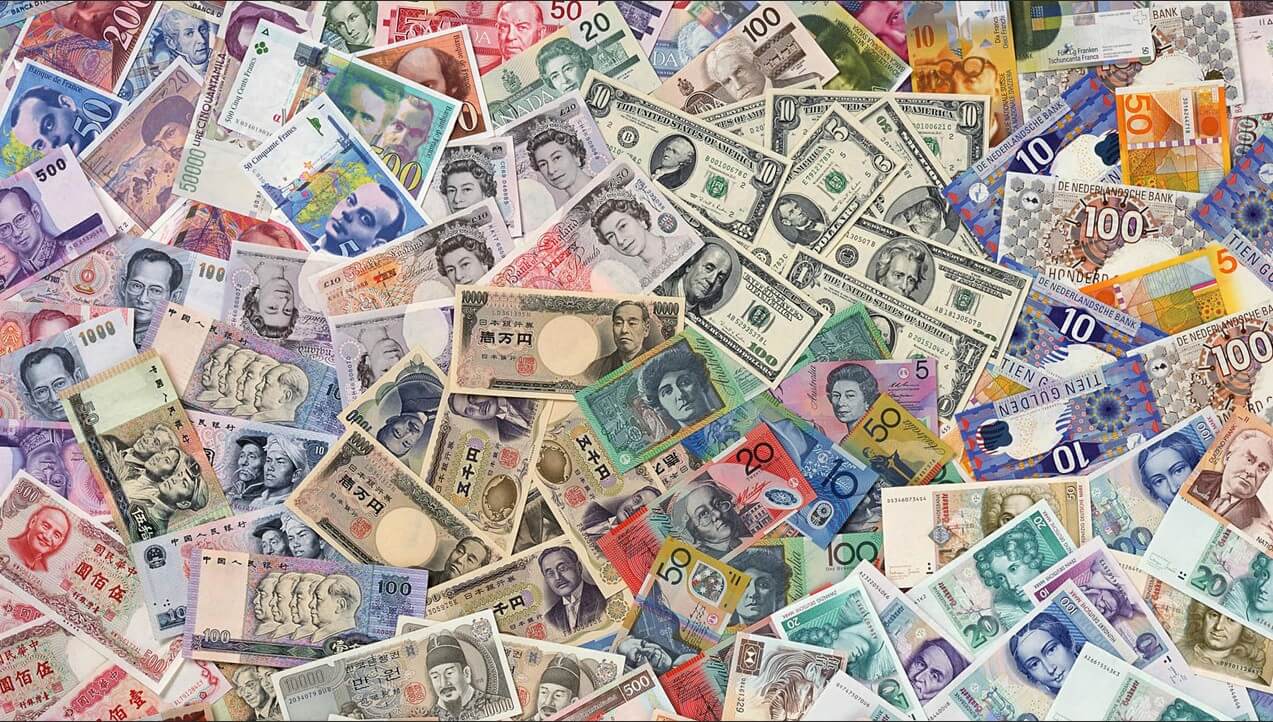In the ever-fluid landscape of the foreign exchange (forex) market, a select group of currencies dominate the trading landscape, shaping global economic dynamics and providing ample opportunities for traders. These “major” currencies, as they are known, stand out for their liquidity, stability, and influence on international trade. Understanding their intricacies is paramount for navigating the complexities of forex trading.

Image: www.forex.academy
The Significance of Major Currencies
The major currencies occupy a central position in international finance, serving as the backbone of global commerce. Their value fluctuations reverberate throughout the financial system, influencing exchange rates, interest rates, and investment decisions. For businesses engaging in cross-border transactions, these currencies facilitate international trade and mitigate exchange rate risks.
Additionally, the majors play a crucial role in central bank operations. By intervening in the foreign exchange markets, central banks can influence the value of their respective currencies, impacting monetary policy, inflation, and economic growth. The interconnectedness of the major currencies underscores their systemic importance, making them closely watched by investors, economists, and governments alike.
The US Dollar: The Global Reserve Currency
The US dollar, denoted by the symbol USD, stands tall as the world’s reserve currency. Its dominance stems from the United States’ economic prowess, the stability of its political system, and the depth and liquidity of its financial markets. The USD serves as a benchmark for global trade, and its fluctuations impact currencies across the globe.
The dollar’s dominance provides stability to the international financial system. Its widespread acceptance reduces exchange rate volatility and facilitates cross-border transactions. Central banks around the world hold significant USD reserves, lending further credence to its status as the preeminent global currency.
The Euro: A United Currency for Europe
Introduced in 1999, the euro (EUR) is the second most traded currency and the official currency of 19 European Union member states. Its creation symbolized European economic integration, creating a single market for goods, services, and capital.
The eurozone’s economic diversity, with its mix of developed and emerging economies, has contributed to the currency’s stability. The European Central Bank, responsible for monetary policy within the eurozone, has played a vital role in maintaining the euro’s value and fostering economic growth.

Image: ownfx.blogspot.com
The Japanese Yen: A Haven Currency for Uncertain Times
The Japanese yen (JPY) is known for its stability and safe-haven status. During periods of market turmoil or economic uncertainty, investors tend to flock to the yen, seeking shelter from volatility. This characteristic has earned the yen the nickname “the anti-risk currency.”
Japan’s low interest rates, coupled with its aging population and government debt, have influenced the yen’s value. Nevertheless, the yen retains its allure as a safe-haven currency, particularly amidst global economic headwinds.
The British Pound: A Currency Steeped in History
The British pound sterling (GBP), one of the world’s oldest currencies, has witnessed the rise and fall of empires. Despite Brexit uncertainties, the pound remains a major currency, supported by the UK’s robust financial sector and the City of London’s status as a global financial hub.
The pound’s value is influenced by a range of factors, including the UK’s economic growth, interest rate decisions, and political developments. The pound’s liquidity and volatility make it a popular choice among forex traders.
The Swiss Franc: A Haven Currency in the Heart of Europe
The Swiss franc (CHF) shares the Japanese yen’s safe-haven status. This is largely due to Switzerland’s political and economic stability, its strong banking system, and its tradition of neutrality.
The Swiss franc is often sought after during times of global economic uncertainty, which can lead to appreciation against other currencies. The Swiss National Bank, known for its conservative monetary policy, has implemented measures to curb excessive franc appreciation and maintain price stability.
Main Currencies For Forex Trading
The Canadian Dollar: A Commodity-Linked Currency
The Canadian dollar (CAD) is closely tied to the performance of Canada’s natural resource sector, particularly oil. As a major exporter of oil, gas, and other commodities, the CAD’s value is influenced by global demand for these resources.
The CAD’s correlation with commodity prices makes it a unique and volatile currency in the forex market. It is often traded by those seeking exposure to the commodity markets without directly investing in physical commodities.
The role of these major currencies extends far beyond their individual spheres. They serve as building blocks of the global economy, enabling cross-border transactions, facilitating international investments, and shaping monetary policies. For anyone seeking to navigate the complexities of the forex market, understanding these currencies is essential.






